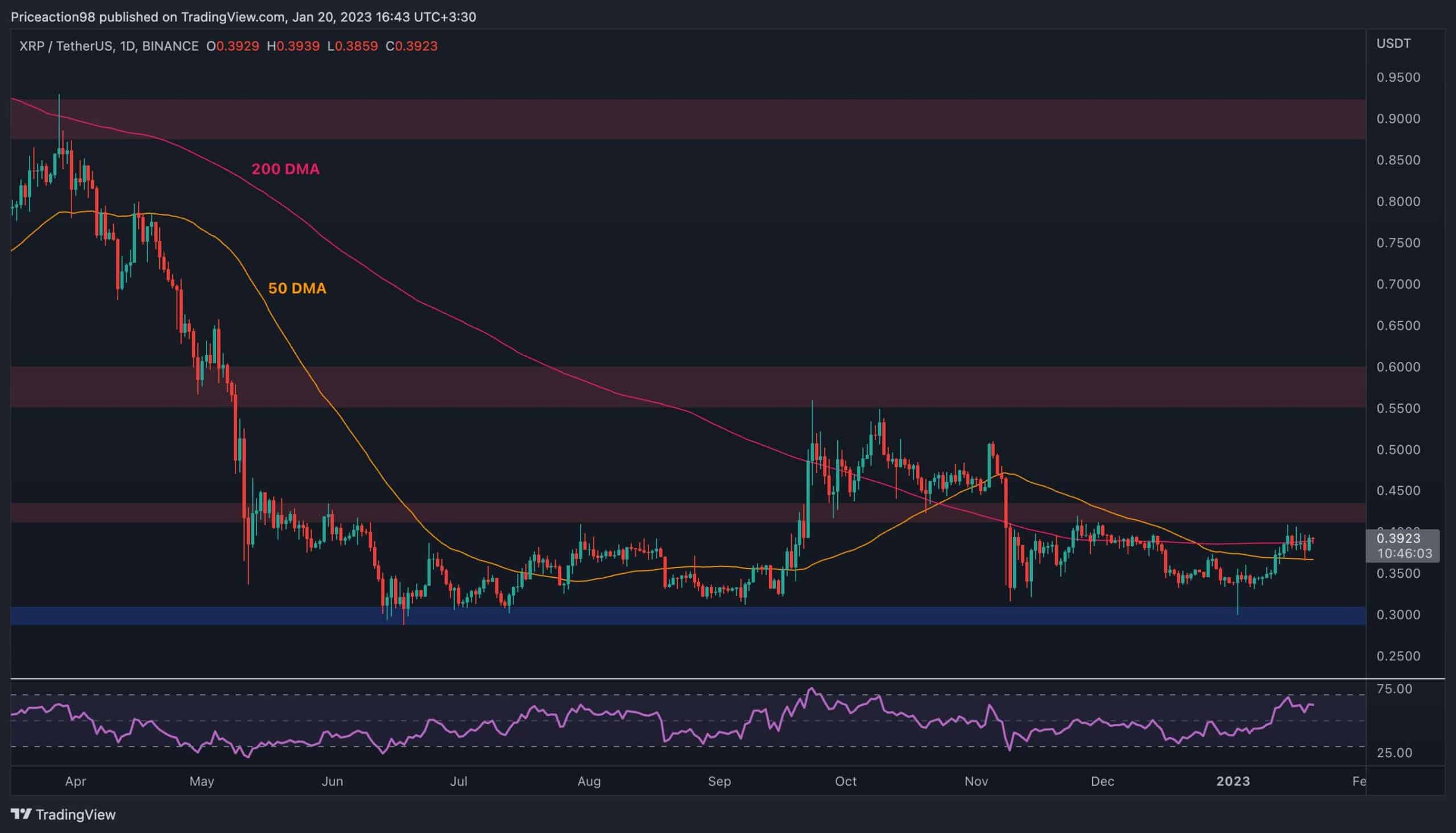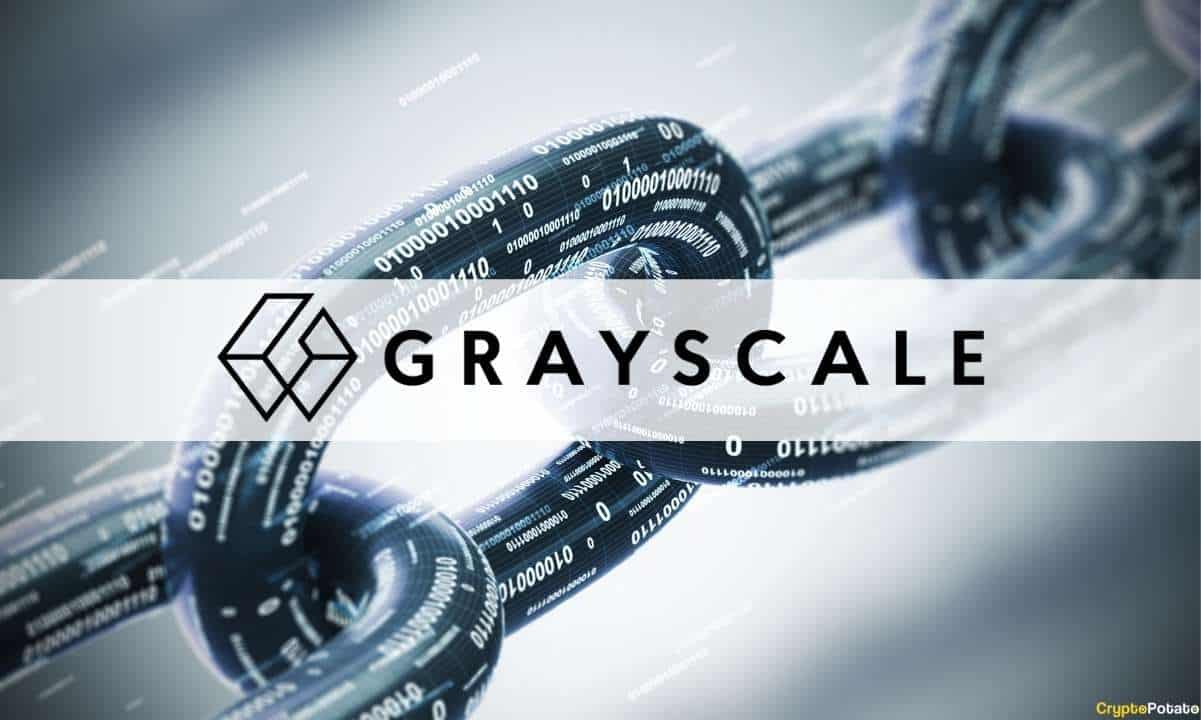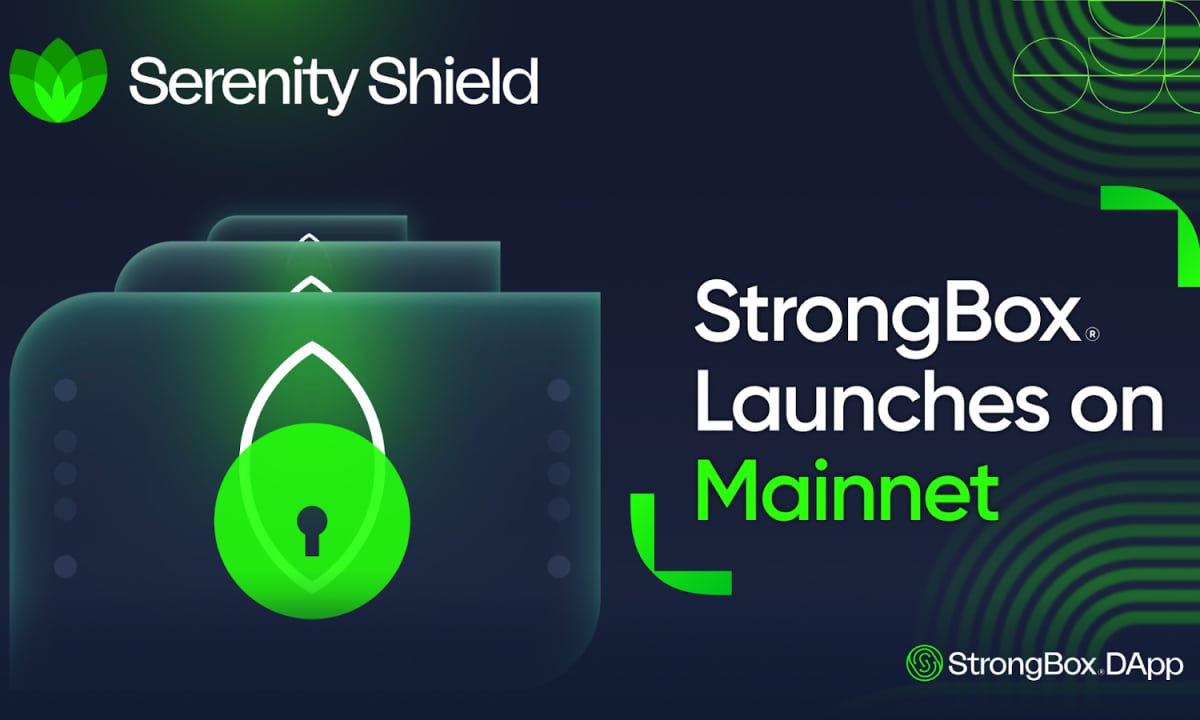What Is Tectum? This Is Everything You Need to Know
The field of cryptocurrencies is no longer a niche where the dedicated few thrive. In the past few years, it has garnered considerable attention, primarily because of the rapid advances in the price of Bitcoin.
However, the rapid growth of the industry and the continuous adoption amongst everyday people, especially during the boom of non-fungible tokens (NFTs) in 2021 and 2022, revealed serious deficiencies such as the lack of scalability, which proved to be detrimental to any further developments.
Many projects are working to scale their networks without sacrificing security and decentralization. This is where Tectum comes into the picture.
What is Tectum’s Blockchain
Tectum is a distributed-ledger protocol (DLT) platform. Which uses a proprietary record change signature management algorithm.
The Tectum Blockchain is capable of handling over a million transactions per second called “EVENTS,” according to its official website. It also provides quick event status delivery, as well as ownership updates across the network, along with distributed levels of access to functional system modules.
One innovative feature from Tectum is the ability to store hashes mapped back to the original data that’s stored at a lower level instead of directly in the blockchain. This is done to effectively isolate the heavy-transaction-related information from the pipeline and validated by hashing, signing, and encrypting the bundles at the end of every single transaction and subsequently archiving it.
The primary purpose of this is to make event-related information instantly verifiable and also publicly accessible. It has different levels of accessibility that are provided to transaction-related modules.

In essence, the network hashes packets, blocks, and pretty much everything while also keeping it on the upper level of its blockchain. This is the main reason how Tectum is able to achieve such a considerable transaction throughput without sacrificing security procedures.
For its consensus algo, Tectum has integrated a proprietary Proof-of-Utility consensus. An industry-first aimed at optimizing data distribution, which, in turn, enables the protocol to distribute and validate more than a million digital events per second, positioning it as a prime candidate to become an overlay network.
All of the above makes Tectum a suitable choice for many applications in various fields, such as:
- Recording geo-positioning, internet of things (InT)
- Billing records
- Logistics
- Storing municipal or legal records
What is Tectum’s SoftNote?

SoftNote is a flagship product of the Tectum ecosystem. At its core, SoftNote is the “next generation” NFT with practical, real-world use cases. It is positioned as “the first transactionless payment system boasting truly instant payment capabilities and zero-fee policy for the end-user.”
This means that no transaction takes place on the Tectum blockchain – only “handover” signatures via passcode and serial numbers. In essence, SoftNote adopts cash-money properties and can be printed on paper like cash (think of a QR code or NFT) or sent digitally via text, email, etc. It doesn’t require confirmation of the BTC network, has no geographical boundaries, charges no fees, and it can be used as a means of fully private peer-to-peer (P2P) payments.

The following graph is how the SoftNote life-cycle works:

Although part of the Tectum ecosystem, it’s important to clarify that SoftNote doesn’t represent a blockchain product but rather a fintech one. It’s a digital medium that’s used to transport value in a frictionless manner.

In this example, you can see how the interface works and how you can receive and transmit this bill. In the future, all of this functionality will be moved to the mobile application.
Tectum Token (TET)
Called the Tectum Enumeration Token (TET), it combines the attributes of both the Tectum Coin (TEC) and SoftNote.
When partner priorities are built, the TET token can be exchanged for several things. For example, it can be exchanged for a minting license for SoftNote, or it can be used to buy TEC at its collateral value.

Its value proposition is essentially a 1:1 conversion to other products within the ecosystem. Once the swap is complete the token return’s back to the treasury, creating a Stabilizing mechanism based on supply and demand principles.
The main purpose of TET is to provide participants with a variety of options and allow them to make optimum partnership decisions at any time without having to lose any of the benefits that are associated with any other products.
The Tectum Wallet
Tectum’s wallet is an interface that allows users to instantly transfer and convert BTC and future integrations of cryptocurrencies and digital assets at minuscule fees. To use it, you need to register with an email address. You will receive a temporary password, and it’s highly advisable to change it as quickly as you can after setting up your wallet.
A look at one of the interface features:

In the left menu, you can follow your current balance, as well as send and receive cryptocurrency. At the time of this writing, the wallet only supports its native token and Bitcoin.
To send cryptocurrency, all you need to do is input the wallet address of the receiver and the amount you want to send:

To receive, provide your wallet’s address that you will get once you click on the “receive” button. All of it is particularly straightforward.
Some of the benefits that Tectum’s wallet comes with include but are not limited to:
- Quick and easy registration with no KYC requirements
- The simple-to-use interface that requires no prior experience
- Low cost of operation
Transactions on the Tectum network can be tracked using the protocol’s explorer.
Quantum-Proof Authentication (3FA)
If you have experience working with different crypto wallets, it’s highly likely that you know what a two-factor authentication (2FA) is. However, the main problem with this is that phones can also be compromised.
Tectum takes it a step further and introduces its proprietary 3FA security module. It’s a mobile and desktop authentication platform that provides payment processors with a high level of security.
It works by intermingling human and machine logic to create login encryption that’s quantum-proof, according to the website. It protects against QR-code and SMS hacking while also providing Dual Tone Multi-frequency (DTMF) fallback protection for devices that are lost.
To enable it, you need to go to their wallet’s settings and click the enable button on the 3FA authorization tab:

After that, you would need to input your phone number. This is an additional security measure that comes alongside regular 2FA protection that’s also available.
Final Thoughts
In conclusion, Tectum is on its way to creating a practical solution to many existing problems in the worlds of both finance and crypto, with a seemingly clear pathway for peer-to-peer and peer-to-retail mass adoption. The protocol, alongside many of its features, addresses existing challenges and solves them in a convenient way.
The wallet, albeit with limited functionality at the time of this review, is very easy to use, even for people without sufficient technical experience. The additional integrations, such as the quantum-proof authentication (3FA), provide extended security in a field where it’s most definitely needed.









